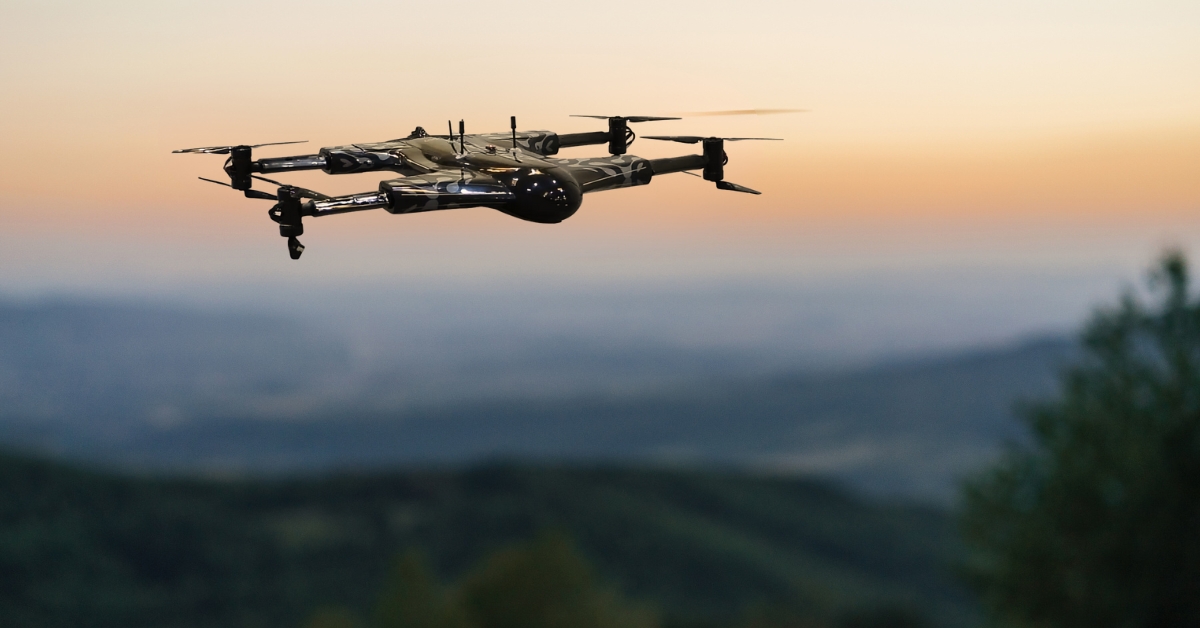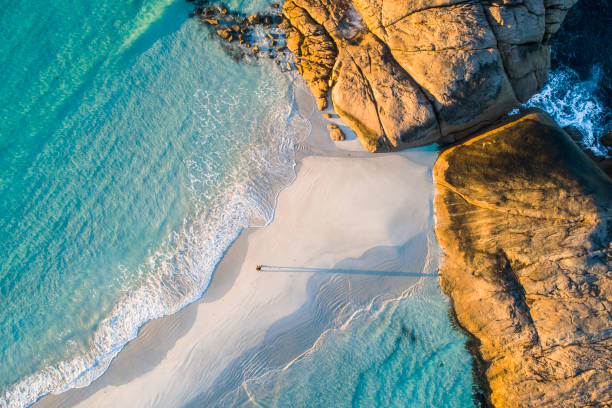Transform Your Point Of View: The Art and Scientific Research Behind Drone Digital Photography
Drone digital photography represents a considerable crossway of imaginative vision and technical innovation, enabling makers to catch point of views previously unattainable. Understanding the auto mechanics of drone modern technology, from devices choices to composition techniques, is necessary for achieving compelling images. Moreover, considerations such as lights and ecological conditions can profoundly influence the last outcome. As digital photographers fine-tune their abilities in both airborne method and post-processing, they unlock a richer narrative capacity. What really identifies effective drone photography from simple aerial pictures? Discovering this concern discloses deeper understandings right into the craft and its evolving landscape.
Comprehending Drone Innovation
Understanding drone innovation is crucial for any individual interested in harnessing its capacities for digital photography. Drones, or unmanned airborne cars (UAVs), count on a mix of equipment and software application to attain flight and capture images. At their core, these tools are geared up with sensors, electronic cameras, and navigation systems that allow them to fly autonomously or be regulated from another location.
The key components of drone modern technology consist of the trip controller, which works as the mind of the drone, refining information from different sensors to make certain steady flight. Additionally, general practitioner technology plays an important duty in navigation, allowing drones to follow pre-defined flight paths and maintain their placement even in difficult problems.

Additionally, understanding the regulatory landscape surrounding drone usage is vital, as it governs where and how drones can be run, making sure security and compliance. Familiarity with these facets of drone innovation empowers professional photographers to optimize their innovative possibility while adhering to legal standards.
Essential Equipment for Drone Photography
Selecting the best tools is vital for accomplishing remarkable outcomes in drone digital photography. At the heart of this arrangement is the drone itself, which should be picked based upon trip stability, electronic camera quality, and convenience of usage. Popular models typically feature built-in high-definition cameras that record stunning aerial pictures.
Along with the drone, purchasing a high-grade camera is important. Numerous drones come geared up with video cameras with the ability of capturing in 4K resolution, but for professional-grade results, take into consideration a drone that permits compatible video cameras or sustains bigger sensors. This flexibility can substantially enhance picture high quality.
Stabilization is one more crucial element. A three-axis gimbal is suggested for smooth video, lessening vibrations that can diminish image clarity. Additional batteries and a reputable charger guarantee extended flight time, permitting for even more extensive shoots (aerial photographer spokane).
Grasping Composition Methods
Mastering make-up methods is essential to elevating your drone digital photography from ordinary to extraordinary. A well-composed picture captures the viewer's attention and conveys an effective narrative.
One of the necessary principles to consider is the rule of thirds, which entails splitting your frame into a grid of nine equal components. Positioning crucial elements along these lines or at their junctions develops aesthetic rate of interest and equilibrium. Additionally, leading lines can lead the audience's eye through the picture, accentuating the subject and including depth.
One more reliable strategy is mounting, where natural aspects such as structures or trees frame the subject, improving the focal factor. This method not just gives context but also develops a feeling of intimacy within the scene.

Lastly, always be conscious of the perspective line. An uneven horizon can detract and sidetrack from an otherwise captivating click for more info image. By mastering these structure techniques, you can considerably improve the influence of your drone digital photography.
Illumination and Weather Factors To Consider
In drone digital photography, the interplay of illumination and climate can drastically influence the top quality and state of mind of your pictures. Optimum lighting conditions are vital; the gold hours-- shortly after sunrise and before sundown-- supply soft, diffused light that boosts shades and lessens extreme darkness. During these times, the landscape shows up a lot more vivid and dynamic, enabling for impressive aerial shots.
Alternatively, cloudy skies can generate a flat, low-key palette, yet they can likewise give also lighting that decreases contrast and highlights details in the setting. This can be beneficial for capturing textures in urban settings or complex patterns in nature.
Weather conditions, such as rain, snow, or fog, can likewise add special components to your photography. Haze can create a feeling of mystery, while rainfall can boost shades and saturate the landscape. It is crucial to think about the safety and security of your drone; flying in unfavorable weather problems can lead her response to equipment damages or loss of control.
Inevitably, understanding exactly how lighting and weather condition influence your aerial shots permits you to select the perfect problems for your drone digital photography, guaranteeing compelling and aesthetically striking pictures.
Post-Processing Idea
After recording stunning aerial photos, the following step entails refining those shots through post-processing. This crucial stage boosts the visual effect of your photographs, allowing you to highlight the one-of-a-kind viewpoints that drones give.
Start with software application tools like Adobe Lightroom or Photoshop, which offer robust modifying abilities. Begin by correcting exposure and white equilibrium to make certain that your shades show up lifelike. Make use of histogram checks to achieve optimal brightness degrees, staying clear of too much exposure or loss of detail in shadows.
Following, boost contrast to add depth to your photos. Readjusting quality can hone essential details without introducing noise, which is particularly helpful in aerial shots where appearance plays a considerable role. Do not shy away from cropping; this can help concentrate the viewer's interest on the main subject.
Shade grading is an additional powerful tool. Trying out saturation and vibrance to make the landscape pop, but use these adjustments judiciously to maintain an all-natural look. Finally, consider applying a mild vignette to lead the customer's eye toward the center of the photo. By understanding these post-processing strategies, you can elevate your drone digital photography to new heights.
Final Thought

What genuinely differentiates effective drone digital photography from plain aerial snapshots? see it here Lots of drones come outfitted with video cameras capable of shooting in 4K resolution, but for professional-grade results, think about a drone that enables for interchangeable cams or supports larger sensing units. By understanding these structure techniques, you can dramatically enhance the impact of your drone digital photography.
In drone photography, the interaction of illumination and weather can dramatically influence the high quality and mood of your images (drone photographer coeur d'alene). By grasping these post-processing methods, you can elevate your drone photography to new elevations